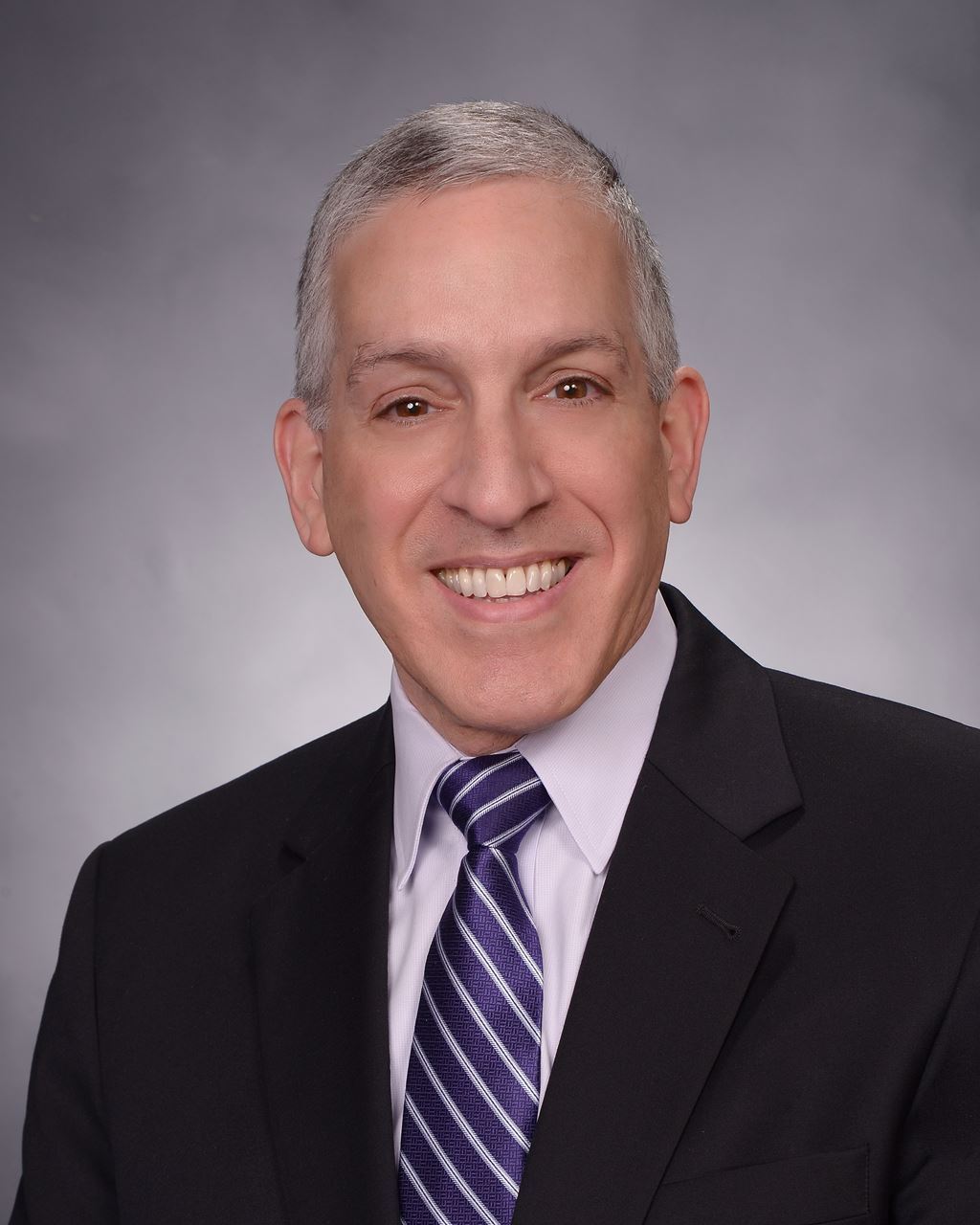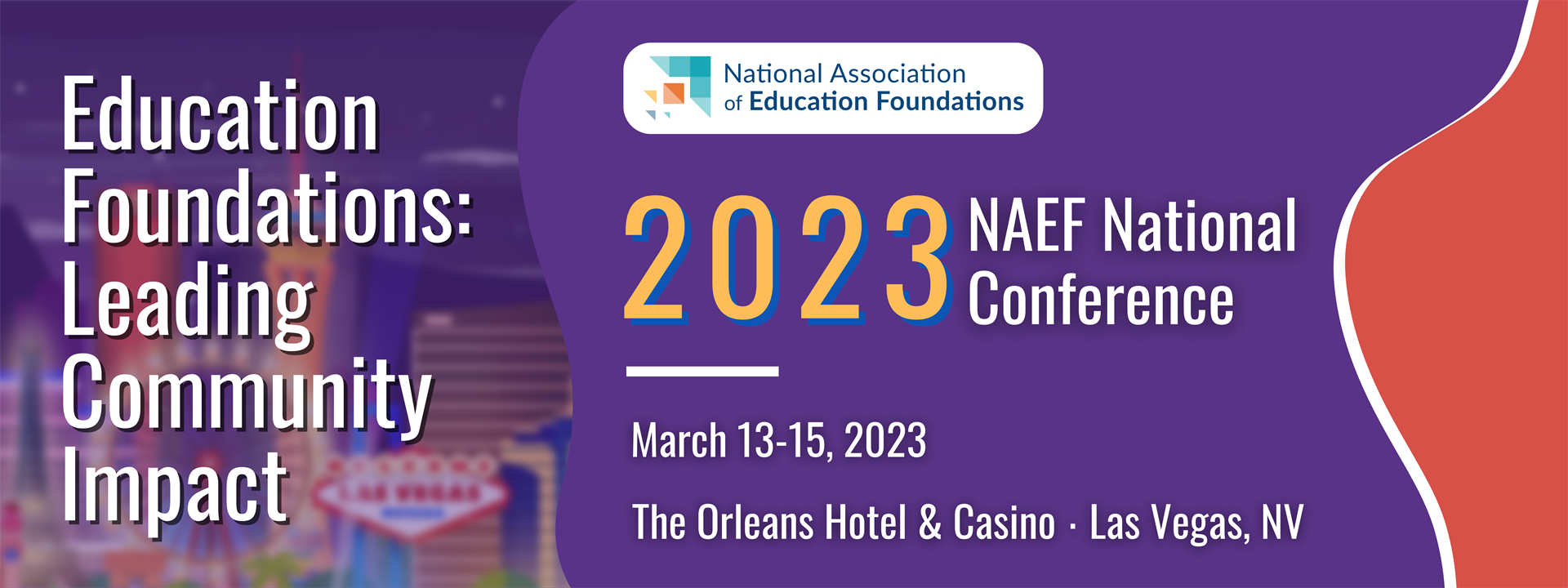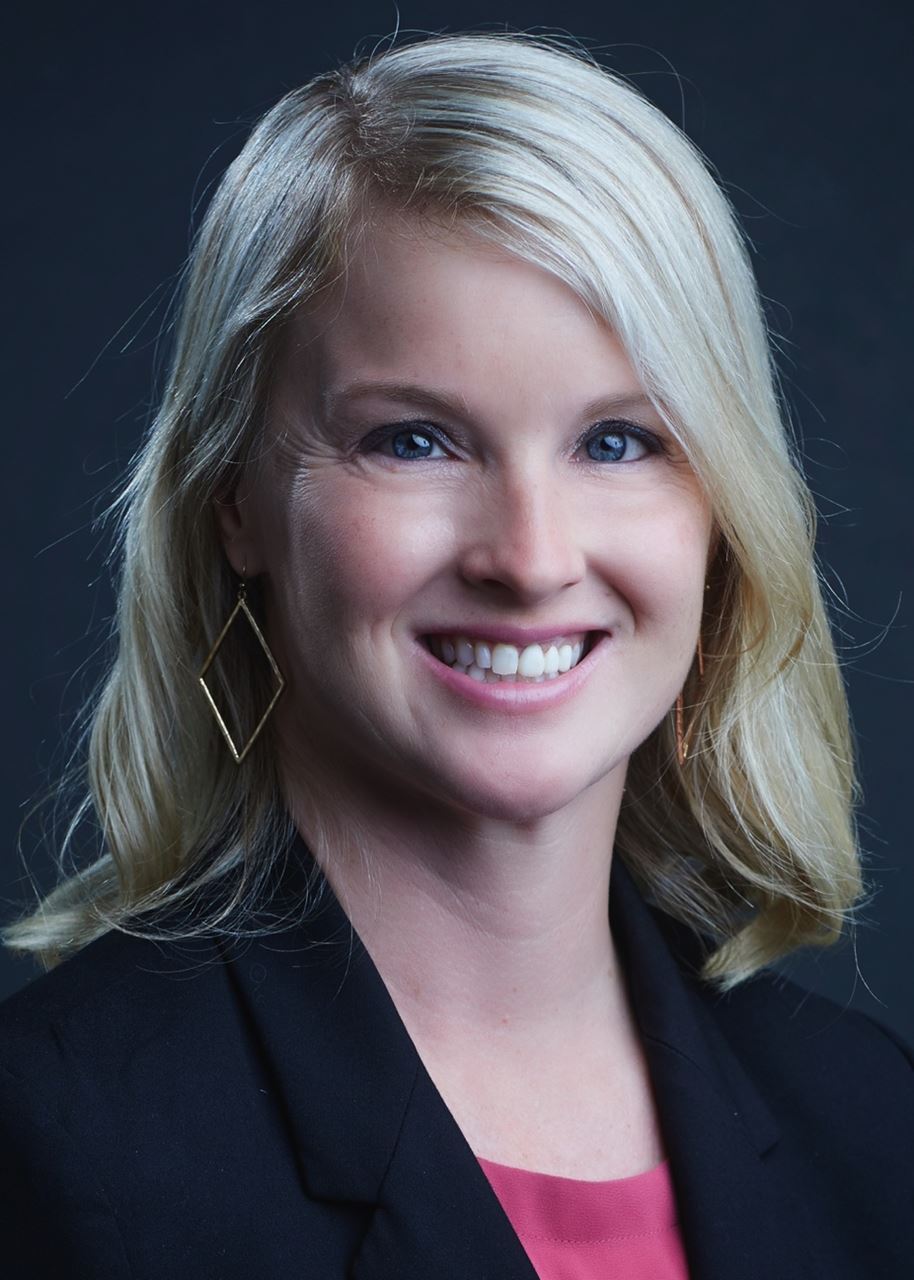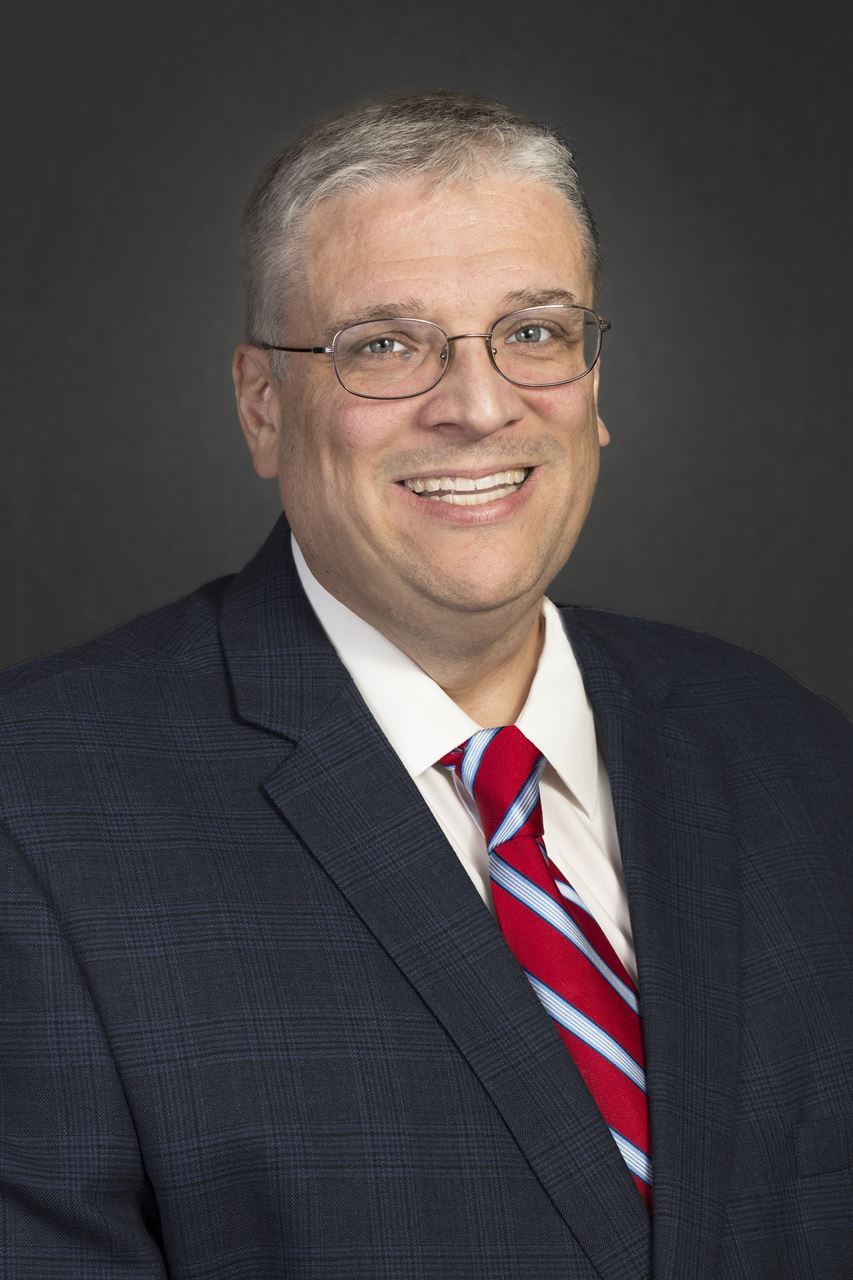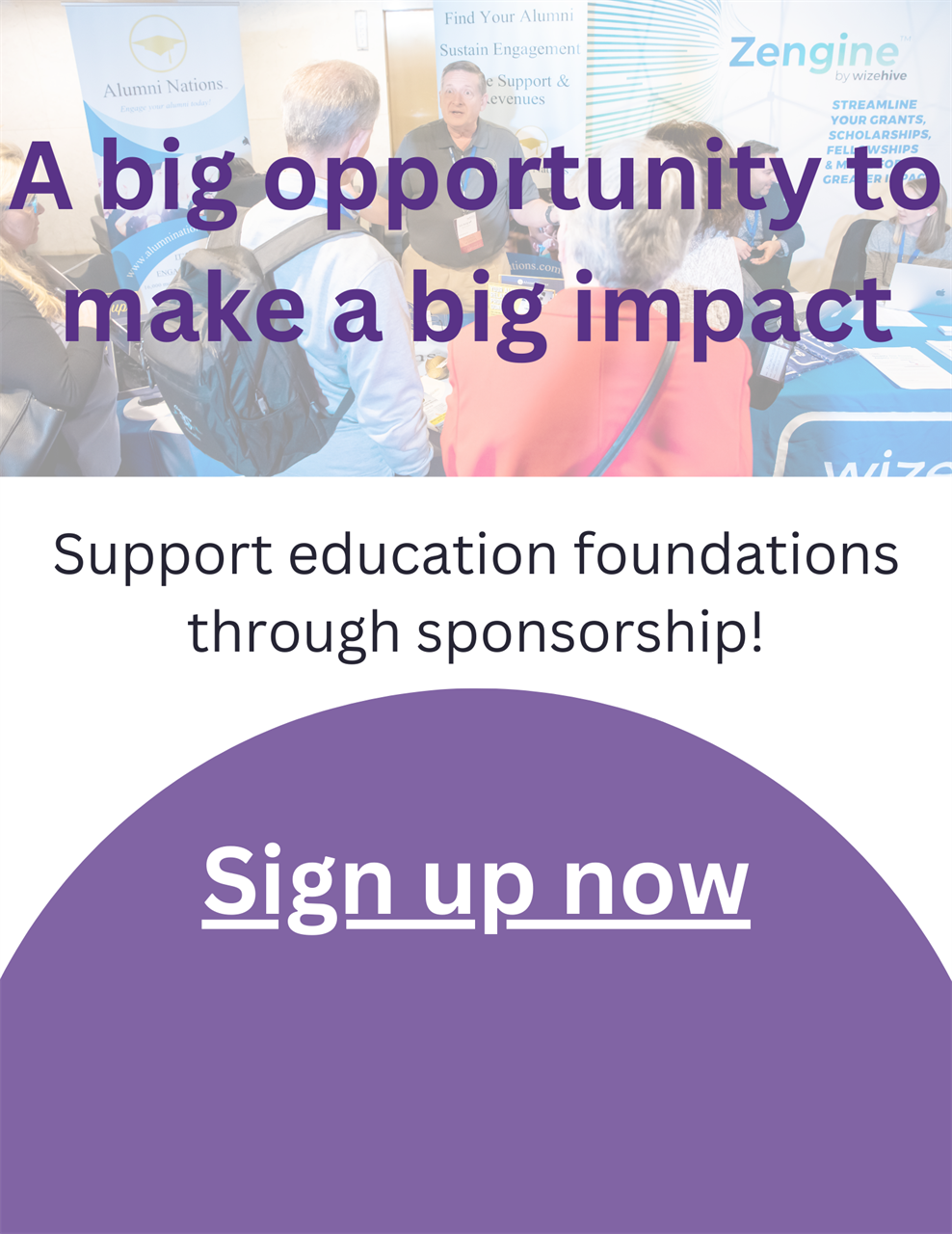February 2023 |
Upcoming events
| Message from the Executive Director Make a Professional Impact in NAEF To rightfully represent the needs of the education foundation industry, we welcome applications from education foundation leaders within the K-12 educational system to serve as a Director. As Board Chair Traci Skalberg said, "Service as a director is an honor and a privilege. The opportunity to serve the industry provides you with greater access to your peers as you work to lead the association in a collegial environment. While individuals may consider volunteer service as 'more work,' the additional benefits received include enhanced leadership skills, a sense of accomplishment, and in-depth connections and friendships with foundation leaders from across the nation." We respect the time commitment of every volunteer. As such, we host ten teleconference meetings, per year, each to last between 60 and 75 minutes, and one in-person meeting at the National Conference. In compliance with the bylaws, Directors are elected to a two-year term from January 1 to December 31, with no more than half elected in any given year. While the term begins in January, we currently have a few vacancies we want to fill. If you can commit your time, energy, experience, knowledge, and passion for the good of the education foundation industry, then you are strongly encourage to submit your application on or before 12 PM ET Tuesday, February 21, 2023. Click here to access the Director Application Form. If you do not feel inclined to apply, but know of someone who should, then please encourage them to apply. Should you have any questions about the commitment, please contact me at Info@EducationFoundations.org. Education Foundations: Leading Community Impact In one month, education foundation leaders will convene at the 2023 NAEF National Conference in Las Vegas, Nevada. Across three days, we will have deep-dive breakout sessions, meetings with exhibitors, and opportunities to network with education foundation and school district leaders from across the nation. If you have not registered for the conference, I encourage you to attend the conference to develop and enhance your philanthropic, fundraising, leadership, and operational management skills. Don't delay............REGISTER NOW It's Time to Think BIG! Join Debbie Sontupe, President of Match Nonprofit Consulting, for this special extended pre-conference workshop. Drawing from her experience raising over $100 million dollars working with hundreds of philanthropists, the goal is to inspire attendees to think BIG! Take your education foundation to the next level by dedicating this time to focus on how to drive significant gifts to your district and foundation. In this session, participants will gain valuable insight and a roadmap to help build your vision and plan, develop strategies for donor engagement, and prepare for those major gift asks. Debbie will present a five-step plan to set you up for success and transformational giving for the future. We look forward to having you join us for this interactive workshop to advance your fundraising. Register for It's Time to Think BIG! There is a separate fee for the pre-conference session to offset facility-related costs to host this session. Peter Constantinou |
We know your education foundation needs the money today, but what if you could get a much larger gift by offering donors the option to pledge their gifts over time? An effective strategy to grow your major gift donors, who often become your most loyal donors, is to recognize them for their total gift committed. “But what if they don’t pay?” We hear this all the time. Many foundation leaders are hesitant to give recognition until a gift is paid in full. They don’t want to treat a pledge like a gift until the money’s in hand. Some caution is understandable, but why not trust people to do what they say they will? In fact, research shows that less than 10% of pledges to nonprofits go unfilled, and the vast majority of those are low-dollar pledges. Here are a few strategies for an effective, strategic approach to pledge fulfillment: | About the Author
Janell J. Johnson, MPA Janell’s track record serving Kinetic clients speaks for itself: She routinely exceeds her clients’ expectations and breaks fundraising records. She is well versed in capital campaign organization and execution; major gift identification; event planning; cultivation and solicitation strategies; annual fund development; planned gift acquisition; and strategic planning. She also has considerable experience in board development, strategic planning and staff management. |
Make a Donation!
Support the success of education foundations and donate to the 2023 National Conference!*
*Our 501(C)3 charitable arm, National School Foundations Associations, Inc. (NSFA) accepts online donations.
Demystifying Philanthropy with and for the Superintendent — Making Them the “Lead” Fundraiser | About the Author
Randall Hallett, CFRE, Ed.D., JD, MBA, BS Randall Hallett is the CEO and Founder of Hallett Philanthropy, a full-service consulting firm. Having spent his entire career in philanthropy, Randall has a passion for helping organizations seek funding to meet their mission, and believes giving is good for one’s emotional and physical well-being. Prior to founding Hallett Philanthropy, Randall served as President and Principal Consultant for Gobel Group, a leading firm in philanthropy consulting. While at Gobel, he oversaw all client programs on behalf of the 20+ person firm. The final four years of his seven-year tenure were the most profitable for the organization in their history. As a consultant, Randall has worked with universities, healthcare systems, hospitals, medical centers, and community non-profits here in the US and across the globe. Before consulting, Randall was the Chief Development Officer (CDO) and MedCenter Senior Executive at the University of Nebraska Medical Center, where he was responsible for all aspects of fundraising; Randall and his team supported the $370 million 18-month fundraising effort for the Fred and Pamela Buffett Cancer Center. Prior to working with the MedCenter, Randall spent 15 years in fundraising leadership positions with educational institutions. Randall holds a bachelor’s degree in business and finance from the University of Nebraska-Omaha, a Master’s Degree in Business Administration from the University of Missouri-Kansas City, a Juris Doctorate with a personal focus in taxation issues of estates and trusts from the University of Missouri-Kansas City, and an Educational Doctorate in leadership from the University of St. Thomas. |
Storytelling Has Powerful Impact on Critics and Supporters of Public Schools |
